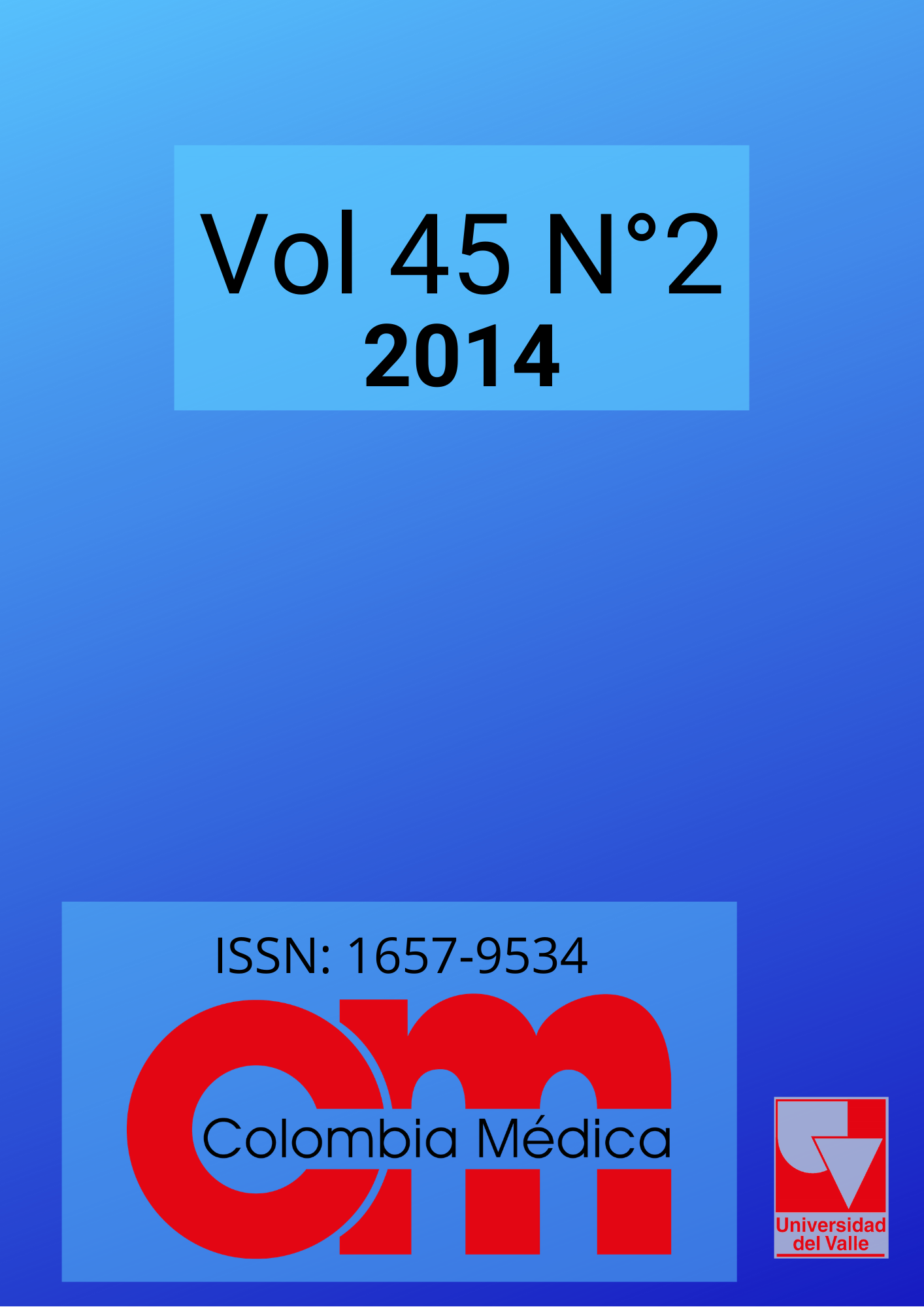Electromagnetic stimulation as coadjuvant in the healing of diaphyseal femoral fractures: a randomized controlled trial
Keywords:
Femur fracture, non-union, electromagnetic stimuli and bone healingMain Article Content
Introduction: There is controversy in medical literature regarding the use of electromagnetic fields to promote bone healing.
Methods: After designing and building devices capable of generating an electromagnetic field for this study, their safety was confirmed and the electromagnetic therapy was randomly allocated and compared to placebo in patients with fracture of the femoral diaphysis. Treatment began six weeks after the fracture and it was administered once a day, during 1 h, for eight consecutive weeks. Twenty devices were built, 10 of which were placebo-devices. Between June 2008 and October 2009, 64 patients were randomized in two different hospitals and were followed for 24 weeks. The mean age was 30 years (18-59) and 81% were males.
Results: Healing observed at week 12 was 75% vs. 58% (p= 0.1); at week 18, it was 94% vs. 80% (p= 0.15); and at week 24, it was 94% vs. 87% (p= 0.43) for the device group and the placebo group, respectively.
Discussion: This study suggests that an electromagnetic field stimulus can promote earlier bone healing compared to placebo in femoral diaphyseal fractures. Faster bone healing translates into sooner weight bearing, which – in turn – permits quicker return to normal daily activities.
Megas P. Classification of non-union. Injury. 2005; 36(4): S30–S37. DOI: https://doi.org/10.1016/j.injury.2005.10.008
Martinez A. Fractura diafisaria de Femur. Editorial Feriva; 2002. pp. 111–123.
Nelson FR, Brighton CT, Ryaby J, Simon BJ, Nielson JH, Lorich DG, et al. Use of physical forces in bone healing. J Am Acad Orthop Surg. 2003; 11: 344–54. DOI: https://doi.org/10.5435/00124635-200309000-00007
Anglen J. The clinical use of bone stimulators. J South Orthop Assoc. 2003; 12: 46–54.
Hartshorne E. On the causes and treatment of pseudarthrosis and especially of that form of it sometimes called supranumerary joint. Am J Med Sci. 1841; 1: 121–56. DOI: https://doi.org/10.1097/00000441-184101000-00011
Fukada E, Yasuda I. On the piezo electric effect of bone. J Phys Soc Japan. 1957; 12: 1158–69. DOI: https://doi.org/10.1143/JPSJ.12.1158
Aaron RK, Boyan BD, Ciombor DM, Schwartz Z, Simon BJ. Stimulation of growth factor synthesis by electric and electromagnetic fields. Clin Orthop Relat Res. 2004; 419: 30–7. DOI: https://doi.org/10.1097/00003086-200402000-00006
Barker AT, Dixon RA, Sharrard WJ, Sutcliffe ML. Pulsed magnetic field therapy for tibial non-union. Interim results of a double-blind trial. Lancet. 1984; 1: 994–6. DOI: https://doi.org/10.1016/S0140-6736(84)92329-8
Scott G, King JB. A prospective, double-blind trial of electrical capacitive coupling in the treatment of non-union of long bones. J Bone Joint Surg Am. 1994; 76: 820–6. DOI: https://doi.org/10.2106/00004623-199406000-00005
Betti E, Marchetti S, Cadossi R, Faldini C, Faldini A. Effect of stimulation by low-frequency pulse electromagnetic fields in subjects with fracture of the femoral neck. In: Bersani F, editor. Electricity and magnetism in biology and medicine. New York: Kluwer Academic/Plenum; 1999. pp. 853–855. DOI: https://doi.org/10.1007/978-1-4615-4867-6_204
Wahlstrom O. Stimulation of fracture healing with electromagnetic fields of extremely low frequency (EMF of ELF) Clin Orthop Relat Res. 1984; 186: 293–301. DOI: https://doi.org/10.1097/00003086-198406000-00045
Mollon B, da Silva V, Busse JW, Einhorn TA, Bhandari M. Electrical stimulation for Long-bones fracture Healing: A Meta - Analysis of Randomized Controlled trials. J Bone Joint Surg Am. 2008; 90A: 2322–30. DOI: https://doi.org/10.2106/JBJS.H.00111
Busse JW, Morton E, Lacchetti C, Guyatt GH, Bhandari M. Current management of tibial shaft fractures: A survey of 450 Canadian orthopedic trauma surgeons. Acta Orthop. 2008; 79: 689–94. DOI: https://doi.org/10.1080/17453670810016722
Sharrard WJ. A Double-blind trial of pulsed Electromagnetic Fields for delayed union of tibial fractures. J Bone Joint Surg Br. 1990; 72B: 347–55. DOI: https://doi.org/10.1302/0301-620X.72B3.2187877
Wolinsky P, Tejwani N, Richmond JH, Koval KJ, Egol K, Stephen DJG. Controversies in Intramedullary nailing of femoral shaft fractures. J Bone Joint Surg Am. 2001; 83: 1404–15. DOI: https://doi.org/10.2106/00004623-200109000-00018
Moncada ME, Sarmiento C, Martinez C, Martinez A. 33rd Annual International Conference of the IEEE EMBS; 2011 August 30- September 3; Boston, Massachusetts, USA.
Lynch JR, Taitsman LA, Barei DP, Nork SE. Femoral nonunion: risk factors and treatment options. J Am Acad Orthop Surg. 2008; 16: 88–97. DOI: https://doi.org/10.5435/00124635-200802000-00006
Downloads

This work is licensed under a Creative Commons Attribution-NonCommercial 4.0 International License.
The copy rights of the articles published in Colombia Médica belong to the Universidad del Valle. The contents of the articles that appear in the Journal are exclusively the responsibility of the authors and do not necessarily reflect the opinions of the Editorial Committee of the Journal. It is allowed to reproduce the material published in Colombia Médica without prior authorization for non-commercial use

